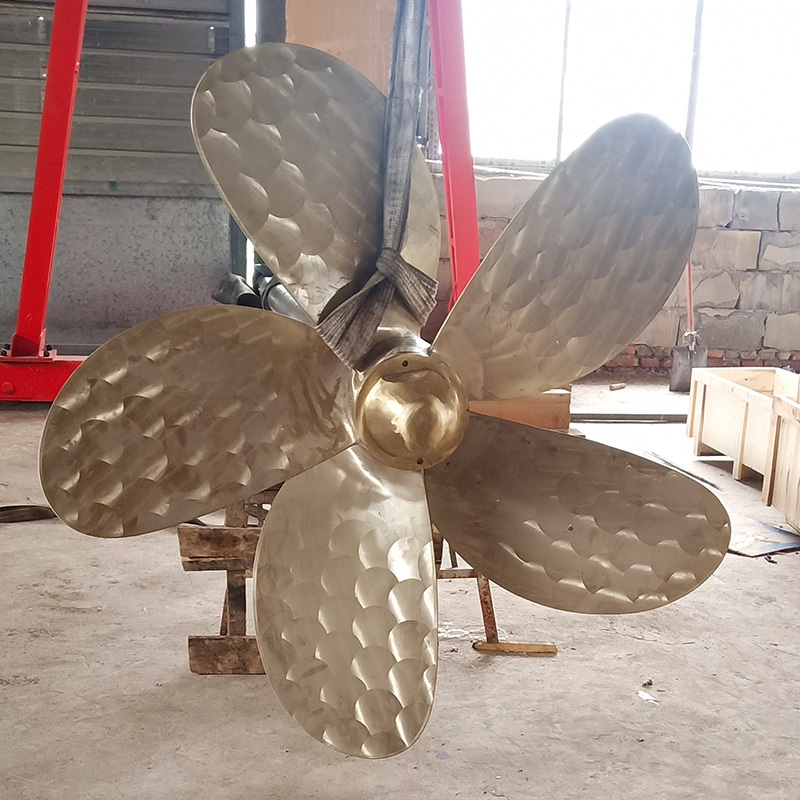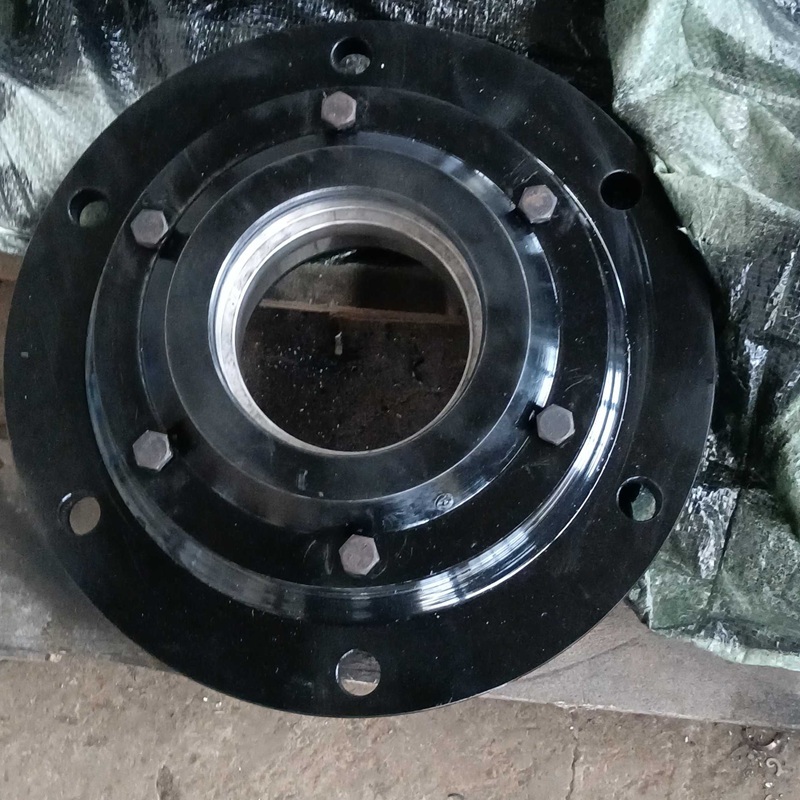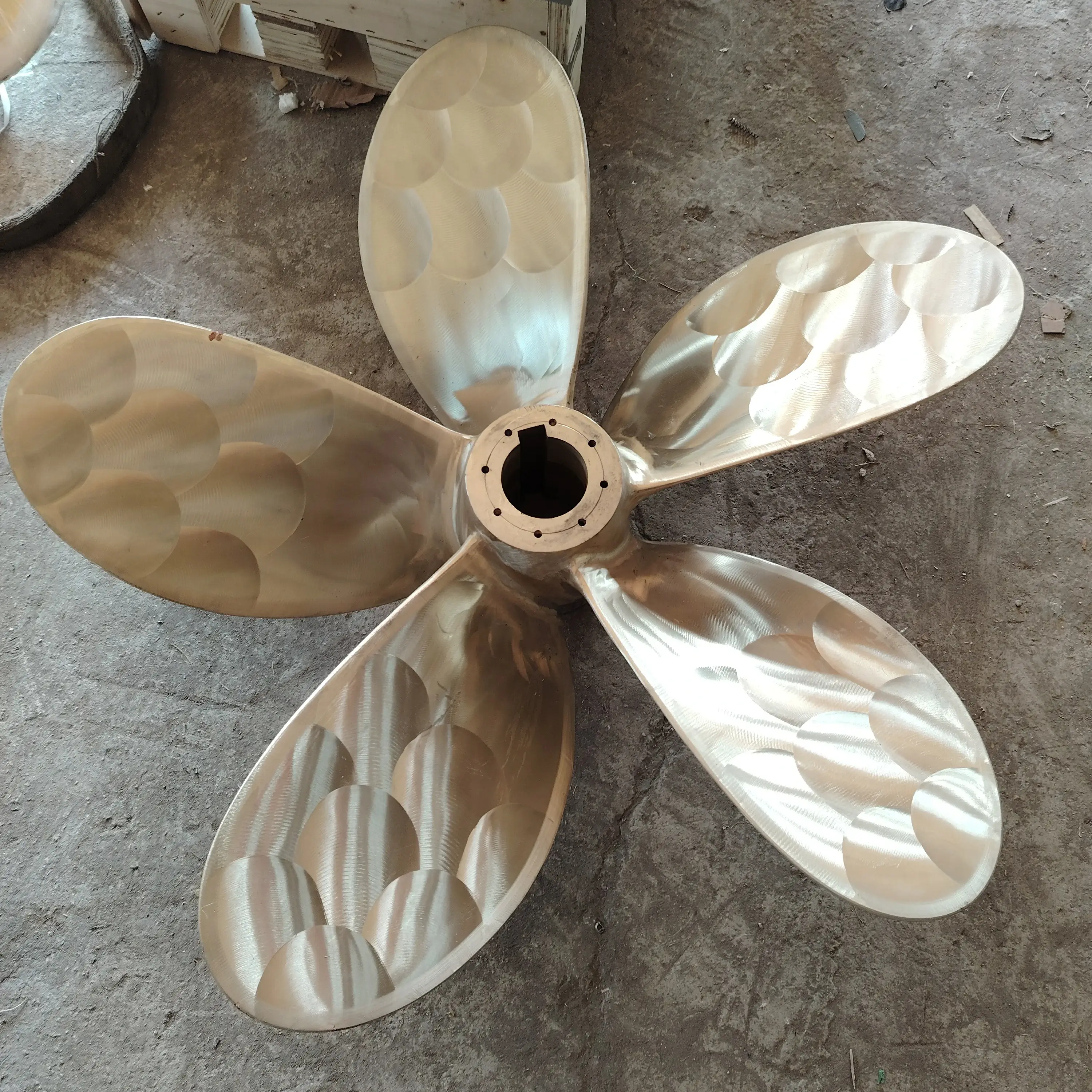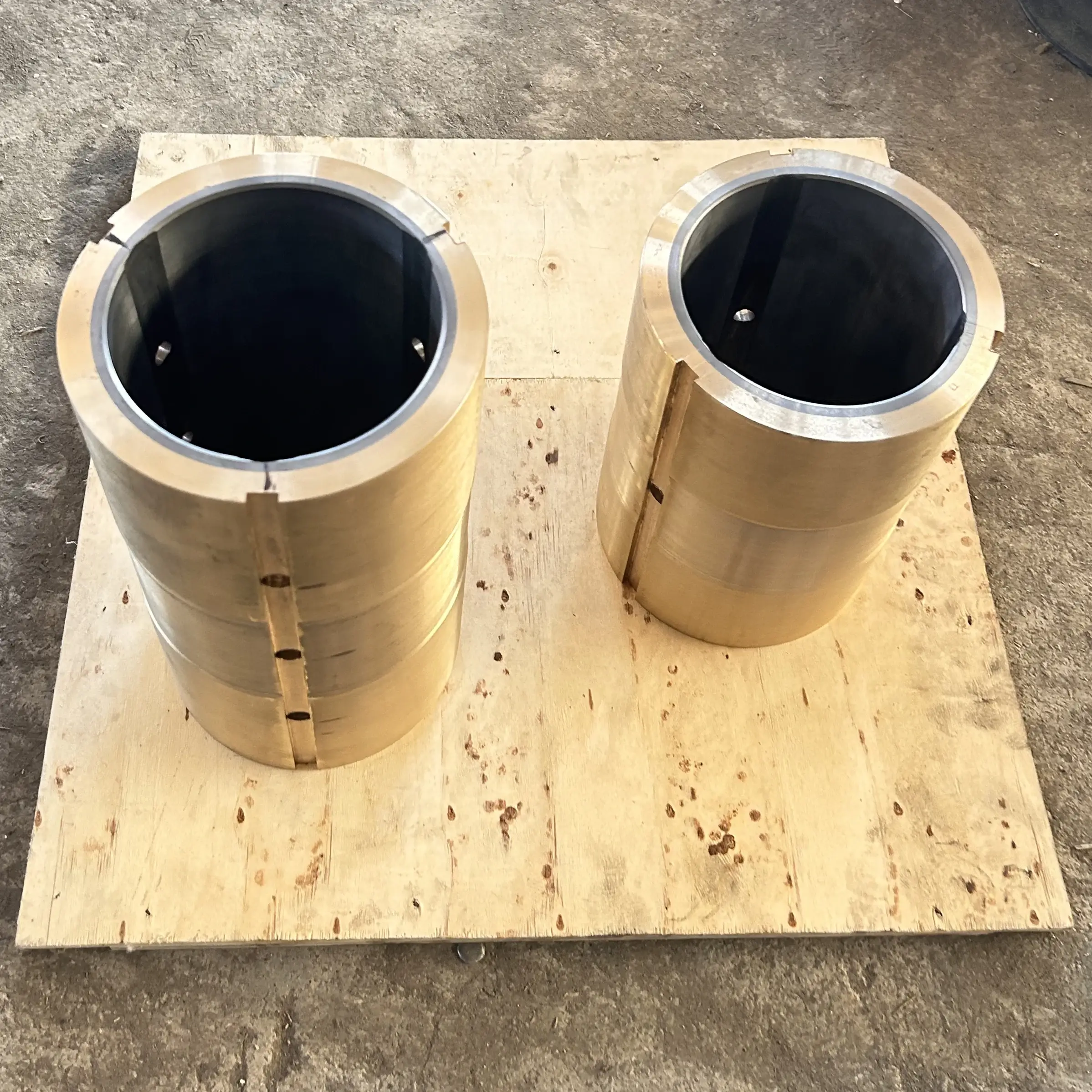Categories
Propeller
After several years' development,our products include screws, bolts, nuts and anchors. Over 95% of our products are exported to the overseas market, such as Europe. America and Southeast Asia.
- Commodity name: Propeller
- Product Description
-
Ship Shaft Series - Propeller
I. Structure and Design
A propeller in a ship shaft series is a complex and crucial component. It typically consists of several blades, usually two to six, which are attached to a central hub. The shape of the blades is carefully engineered. They are often curved and twisted, with a specific airfoil - like cross - section. This shape is designed to efficiently convert the rotational energy from the ship shaft into thrust.
The pitch of the propeller blades is an important design parameter. Pitch determines how far the propeller will move forward in one rotation if it were operating in a solid medium. Propellers can have a fixed pitch, where the pitch is set during manufacturing and cannot be changed during operation. Alternatively, some modern propellers have variable pitch mechanisms, allowing for adjustment based on different operating conditions such as ship speed and load.
II. Function and Working Principle
The main function of the propeller is to generate thrust to move the ship forward or backward. As the ship's shaft rotates the propeller, the blades push water backwards. According to Newton's third law of motion, the reaction to this backward force on the water is a forward thrust on the ship.
The efficiency of the propeller is highly dependent on factors such as the blade shape, pitch, and the rotational speed. A well - designed propeller can significantly reduce the energy consumption of the ship. During operation, the propeller also has to deal with various flow conditions around the ship's hull, including the wake and any cavitation effects.
III. Applications
Propellers are used in a wide range of ships, from small pleasure boats to large ocean - going vessels. In cargo ships, they are essential for transporting goods across the oceans. In naval ships, a high - performance propeller is crucial for speed, maneuverability, and stealth. Cruise ships also rely on propellers to provide a smooth and efficient voyage for passengers.
IV. Challenges and Considerations
One of the major challenges is cavitation. When the pressure on the back of the propeller blades drops too low, small vapor - filled cavities can form. When these cavities collapse, they can cause erosion on the propeller blades and reduce its efficiency. Another consideration is noise reduction. In naval applications, quiet operation is often desired, so propeller designs need to minimize noise generation. Additionally, propellers need to be durable enough to withstand the corrosive effects of seawater and the mechanical stresses of continuous operation.
Key words:
ANCHOR | BOLT | SCREW | NUT | BAND | BRACKET | ROD | OTHER FASTENER | NON-STANDARD
Get A Quote
Note: Please leave your email address, our professionals will contact you as soon as possible!
Related Products





